15 Simple Tips for Cooking Better with Canned Ingredients
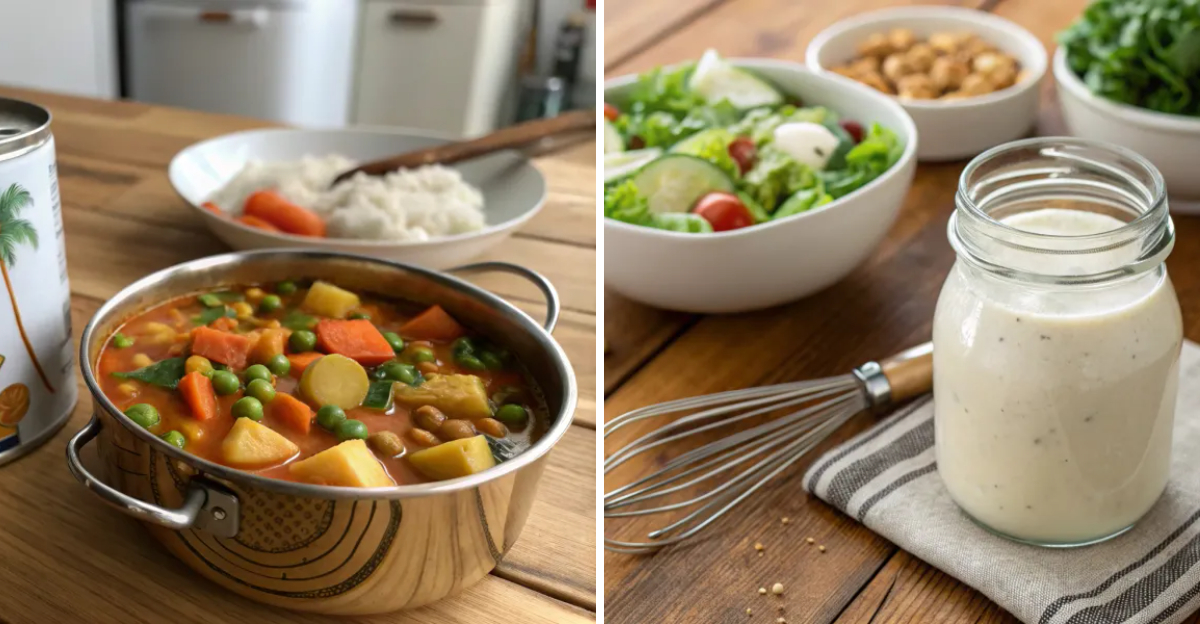
Canned ingredients often face negative perceptions, yet they can be a valuable asset in the kitchen. Many cooks underestimate the potential of these pantry essentials, missing opportunities for swift, nourishing, and palatable meal options. Employing the right methods, canned foods can achieve the freshness and flavor of fresh ingredients. These fifteen strategies will assist in converting ordinary canned items into exceptional dishes that your household will like.
1. Always Rinse Your Canned Beans and Vegetables
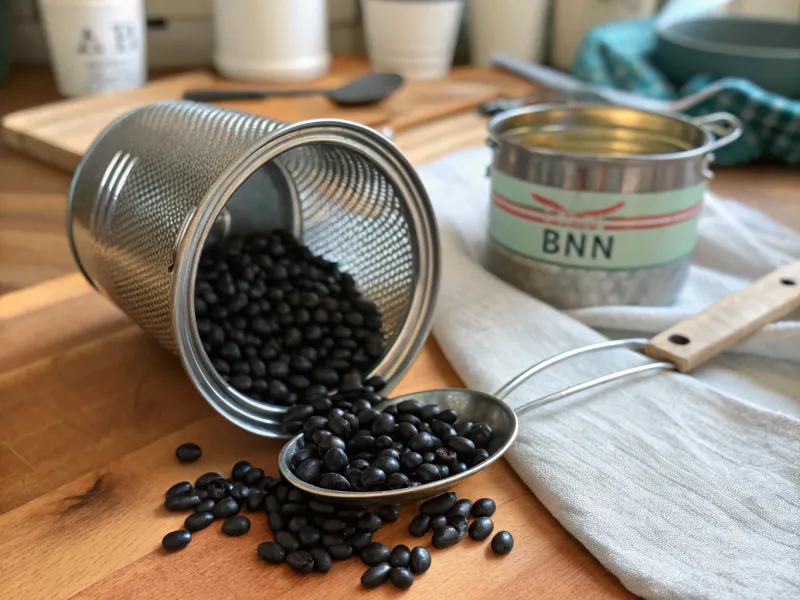
To improve the flavor of canned beans and vegetables, rinsing them under cold running water is a straightforward method. This step, taking approximately 30 seconds, can markedly improve the taste. Rinsing helps eliminate the thick liquid, which can affect the saltiness and clarity of the dish. A fine mesh strainer is useful for this process, catching small pieces while the water washes away preservatives. Following the rinse, pat the ingredients dry with paper towels. This prevents introducing additional water to the recipes.
2. Save Liquid from Canned Tomatoes

Many individuals discard the liquid from canned tomatoes. However, this liquid is a source of concentrated flavor and nutrients. This tomato juice is beneficial in soups, stews, and pasta sauces. It can also serve as a base for homemade tomato soup or be added to rice during cooking to add a subtle tomato flavor. Leftover tomato juice can be stored in the refrigerator for up to some days. Some people consume it directly as a healthy snack, much like commercial vegetable juice.
3. Roast Canned Vegetables for Better Texture
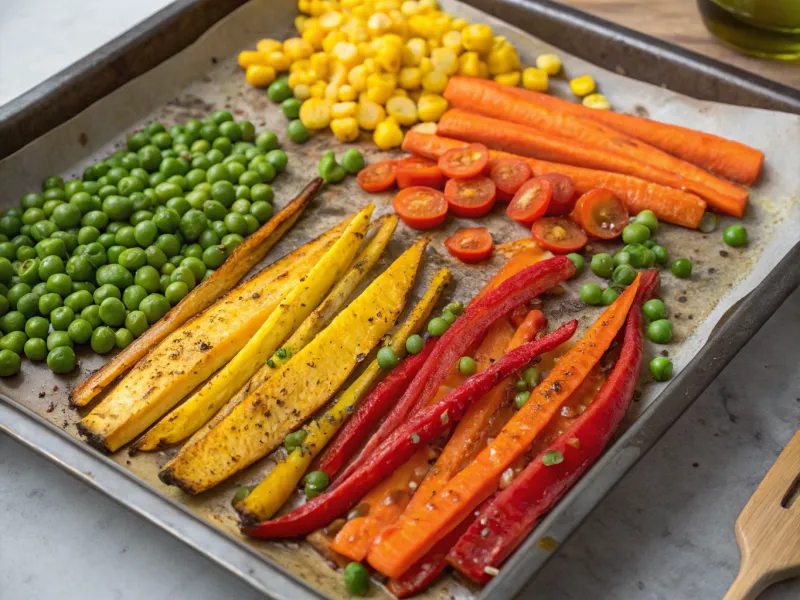
Canned vegetables sometimes lose their texture. However, roasting them in a hot oven can restore their appeal. To begin, drain the vegetables thoroughly. Next, arrange them on a baking sheet, along with a small amount of olive oil and preferred seasonings. Bake at 425 degrees for 15 to 20 minutes, or until the edges begin to brown. This method removes excess moisture and intensifies the inherent flavors. The high temperature also provides a light caramelization, enhancing the taste of simple canned corn.
4. Turn Canned Fish into Crispy Patties

Canned salmon or tuna provides a foundation for flavorful fish patties. Properly draining and breaking the fish into small pieces is essential. Combine the fish with breadcrumbs, eggs, and seasonings. Include diced onions and herbs, along with a binding agent. Shape the mixture into patties and cook until golden brown. These patties can be used as burger alternatives, served with salads, or paired with rice and vegetables. This offers a complete meal.
5. Build Flavor Bases with Aromatics

To begin, prepare onions, garlic, and celery. This process, known as building a flavor base, enhances the homemade quality of the dish. Cook these aromatics in a small amount of oil over medium heat for approximately five minutes until they soften. The natural sugars will begin to caramelize, contributing sweetness and depth to the dish. After the aromatics are ready, incorporate the canned ingredients and allow them to simmer, enabling the flavors to blend and develop appropriately.
6. Mix Canned and Fresh Ingredients Together

Blending canned ingredients with fresh ingredients offers a practical way to enjoy flavorful meals. Introducing fresh herbs, such as parsley or cilantro, near the end of the cooking process helps retain their color and flavor. Incorporate fresh vegetables like bell peppers or zucchini into canned tomato sauces to enhance texture and nutritional value. Adding a portion of fresh spinach to canned soup can also improve its taste. This method allows for the preparation of balanced meals while conserving time and resources.
7. Use Coconut Milk to Make Ingredients Creamy

Canned coconut milk provides a dairy-free way to enhance the texture and flavor of various dishes. The thick cream that separates within the can offers the richest experience. Incorporate coconut milk into curries, soups, or even canned vegetables to make them taste more luxurious. Its natural sweetness complements spicy or acidic tastes. Begin with a small amount, such as a few tablespoons, and adjust until you achieve your preferred consistency. Remember that coconut milk thickens during cooking, so gradual additions are recommended.
8. Freeze Canned Fruit in Ice Cube Trays
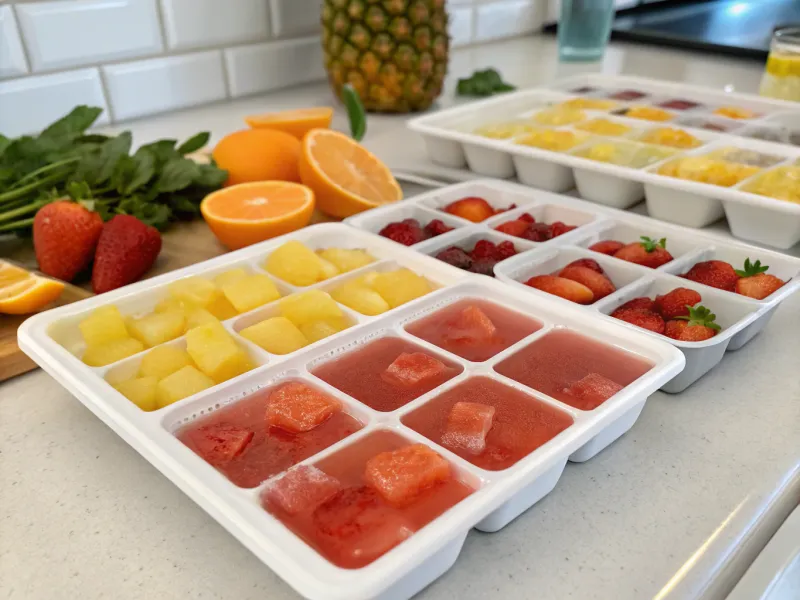
Leftover canned fruit doesn’t need to be discarded. A simple method is to freeze it in ice cube trays. First, drain the fruit. Then, put the fruit pieces in the ice cube tray compartments. Cover with the fruit juice before freezing. These fruit cubes are useful in smoothies, offering flavor and natural sweetness without added processed sugar. They can also be added to sparkling water for a refreshing beverage. Experiment with diverse fruits like peaches, pears, or mixed fruit. Label each tray to identify the fruit when frozen.
9. Make Instant Salad Dressings from Bean Liquid
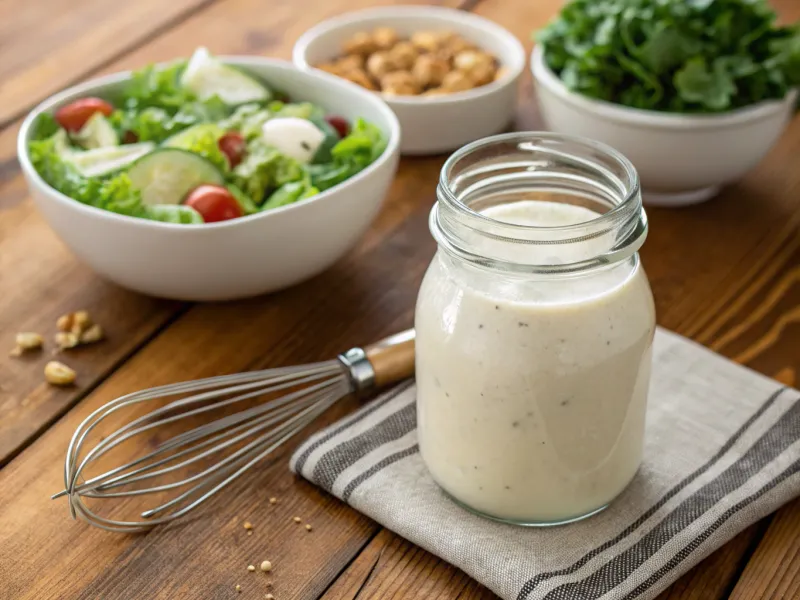
Aquafaba, the viscous liquid found in canned beans, serves as a base for homemade salad dressings. It functions as a natural emulsifier, aiding in the smooth combination of oil and acidic components. By whisking aquafaba with lemon juice, olive oil, and preferred herbs, a creamy dressing can be prepared without eggs or dairy. The bean liquid contributes protein and improves the adherence of the dressing to salad greens. Homemade aquafaba dressing can be kept in the refrigerator for a duration of up to some period. It is recommended to shake or whisk the dressing prior to usage, as natural separation is a typical occurrence.
10. Stuff Canned Tomatoes with Rice and Herbs

Large canned whole tomatoes offer a versatile base for a flavorful meal. They can be hollowed out and filled with seasoned rice, yielding an impressive presentation. To prepare, remove the tomato flesh and reserve it for sauce. Combine cooked rice with herbs, onions, and spices. Fill the tomato shells with the rice mixture. Bake the stuffed tomatoes in a covered dish with a small amount of broth until tender. This method suits meal preparation, allowing for multiple servings prepared in advance. Reheat them during the week for rapid lunches or dinners.
11. Blend Canned Pumpkin into Smoothies

Canned pumpkin can enhance breakfast smoothies by introducing natural sweetness, fiber, and nutrients. The recommended starting point is two tablespoons per smoothie, with adjustments based on individual taste. The pumpkin’s texture contributes to a more filling and fulfilling smoothie experience. Its gentle flavor profile complements fruits such as bananas, apples, or berries. Spices like cinnamon or nutmeg can be incorporated for added flavor. Pumpkin smoothies are suitable as meal replacements or post-exercise snacks.
12. Make Soup Dumplings with Canned Biscuit Dough
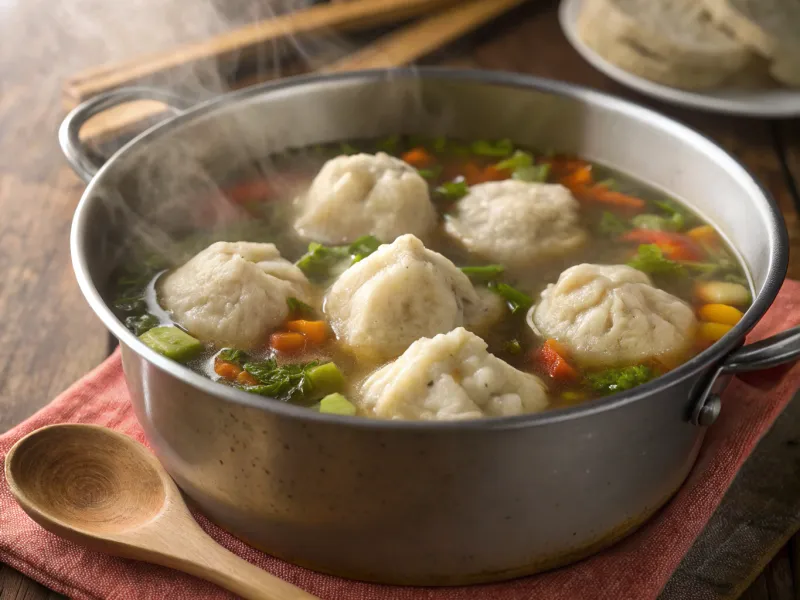
Canned biscuit dough offers a simple method to enhance soup. Dropping the dough into simmering soup results in fluffy dumplings. The dough cooks in the hot liquid, soaking up flavors to produce a filling meal. In the final fifteen minutes of cooking, add spoonfuls of biscuit dough to the soup. Cover the pot to allow the dumplings to steam and achieve the desired texture. The dumplings will expand as they cook; avoid overcrowding the soup. Allow space for expansion.
13. Pickle Your Canned Vegetables for More Tang

Canned vegetables, often perceived as commonplace, can be revitalized through a quick pickling process utilizing readily available ingredients. The procedure involves draining the vegetables and immersing them in a solution composed of equal parts water and lemon juice. A small amount of salt is added, along with preferred spices, and the vegetables are allowed to stand for a minimum of 30 minutes. This acid-based treatment enhances the flavor profile, introducing a tangy element that complements richer foods.
14. Layer Canned Ingredients in Mason Jars
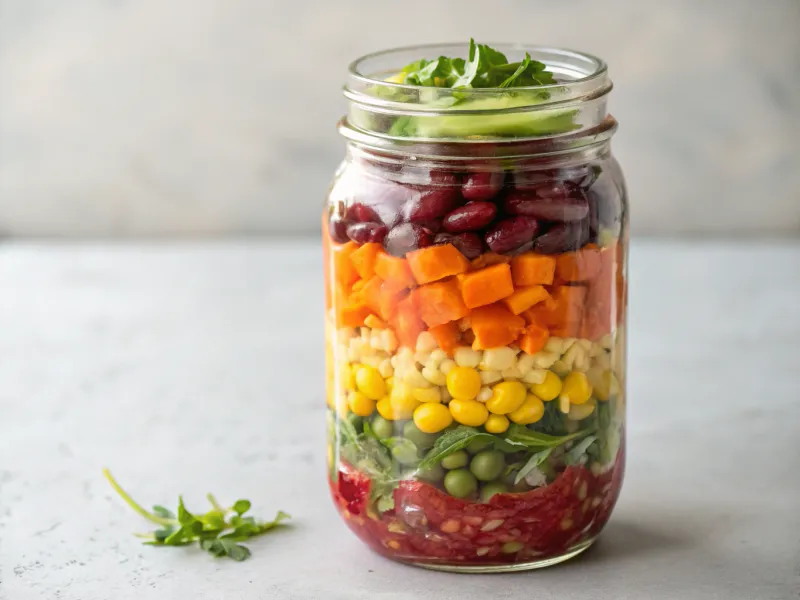
Mason jar salads offer a practical and convenient approach to meal preparation. This method utilizes canned ingredients, streamlining the process and enhancing portability. To assemble, begin by placing the dressing at the base of the jar. Next, add a layer of robust ingredients such as canned beans, followed by softer components like canned corn or tomatoes. The technique ensures that perishable greens remain separate from wet ingredients until consumption. Properly prepared salads can maintain freshness for multiple days when refrigerated. Before consumption, simply shake the jar to distribute the dressing.
15. Caramelize Canned Onions for Enhanced Flavor

Canned onions present a fast track to caramelized onions, bypassing the typical lengthy cooking duration. Begin by draining the onions thoroughly. Then, cook them in a heated pan with a small amount of oil until they achieve a golden-brown hue. The pre-softened nature of the canned onions accelerates the concentration of their natural sugars. Should the onions begin to adhere to the pan, introduce a small amount of broth or water. These caramelized onions serve as a versatile addition to various dishes. They can enhance sandwiches, integrate into rice preparations, or top baked potatoes.
